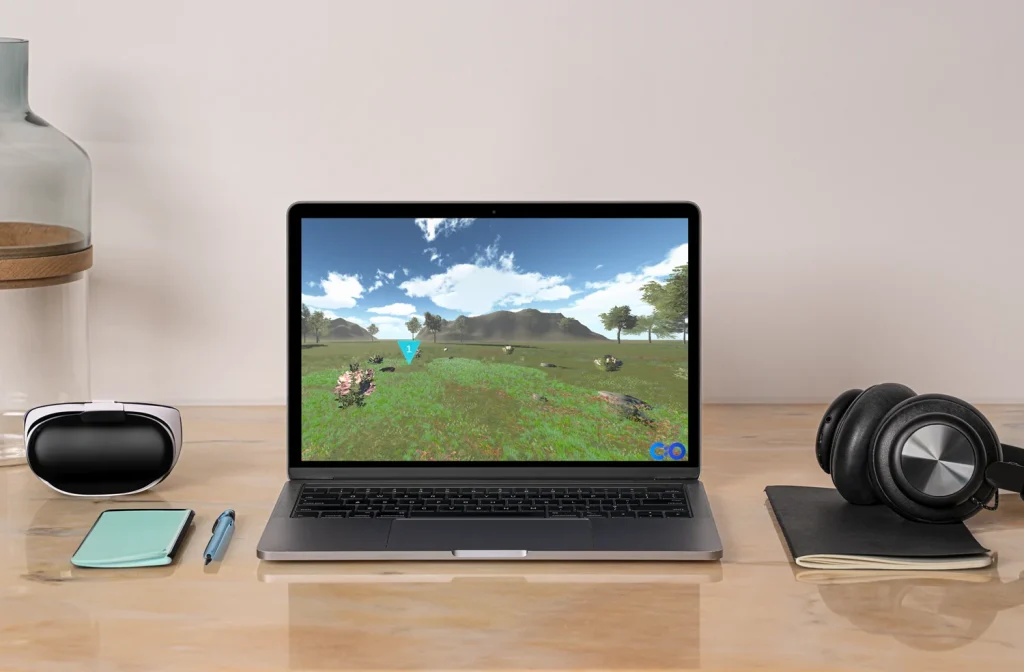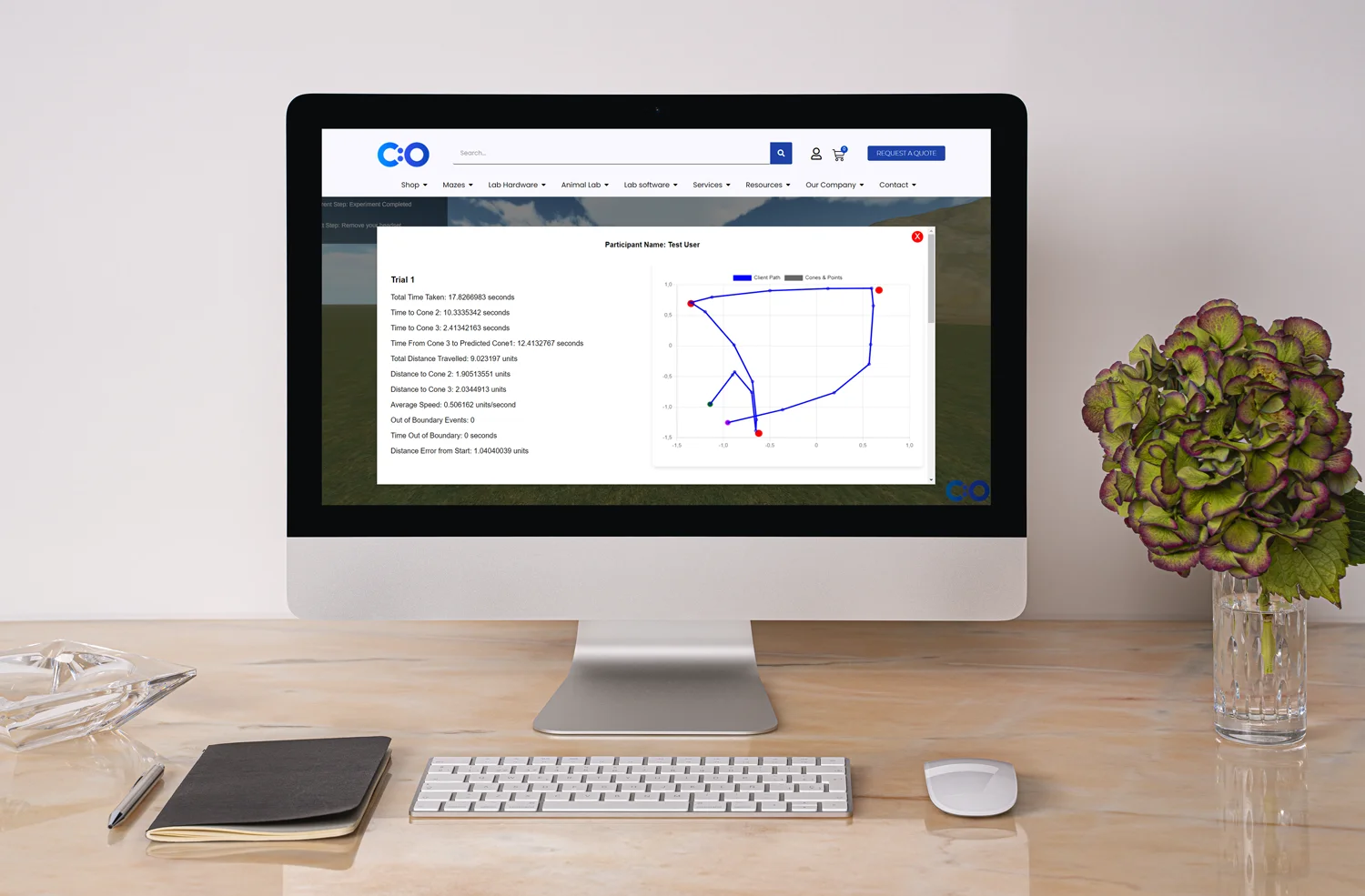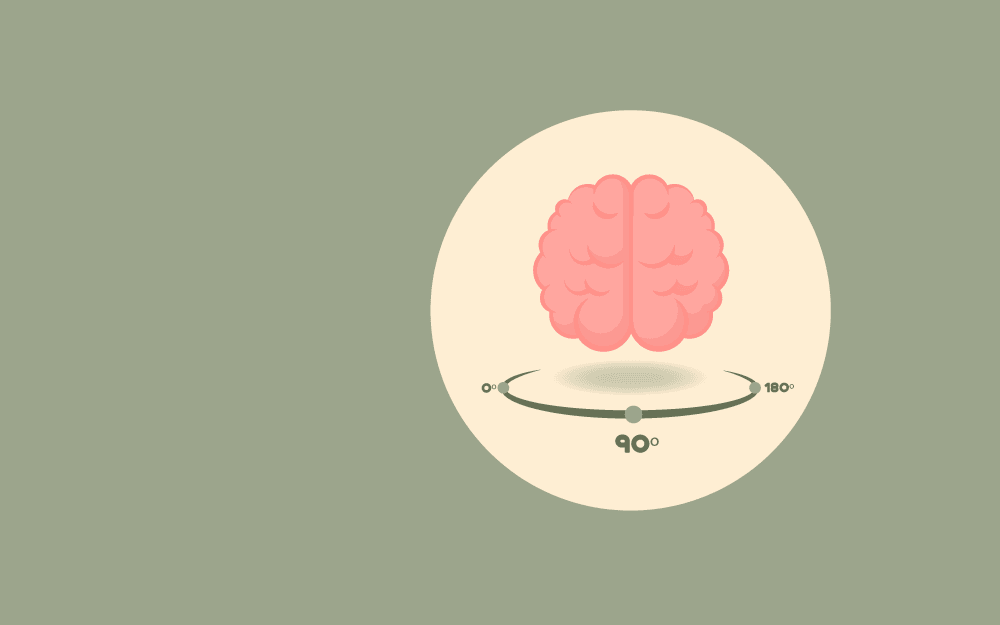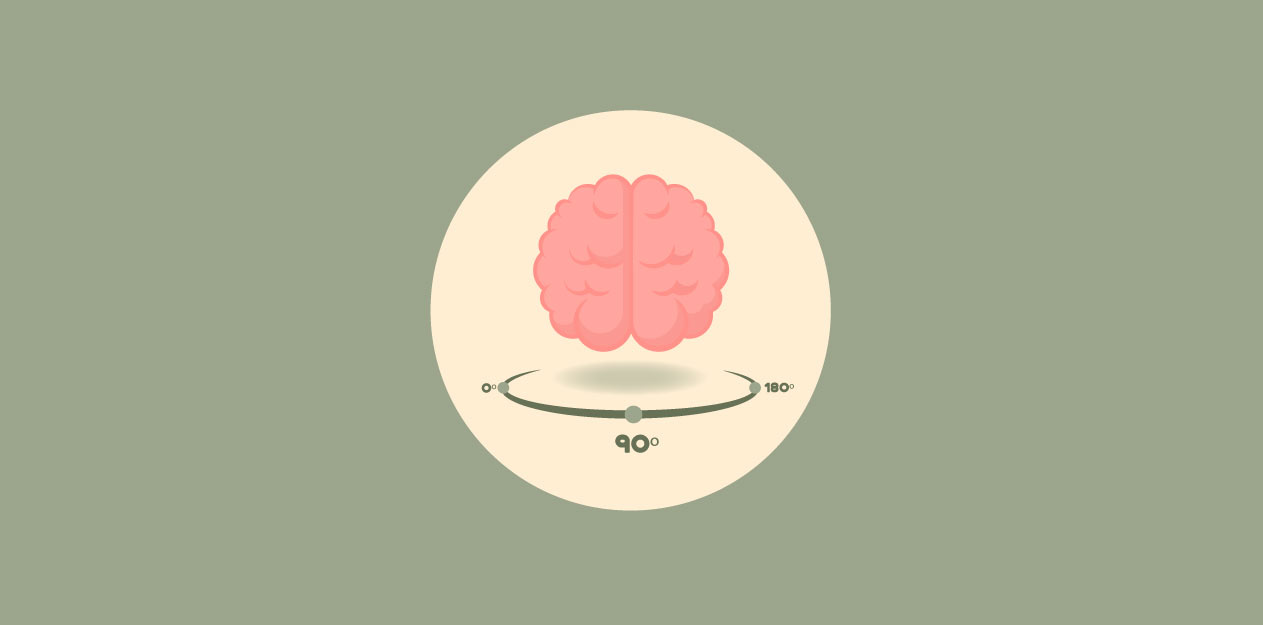

The Four Mountains Test was a test originally used to assess a person’s spatial memory and their ability to recognize and recreate spatial layouts. Initially, the test involved recognizing photos of mountains from different angles on paper or via a digitial screen (1).
In the VR version, this test tasks participants in a virtual environment to walk a guided “L-shaped” route and make their own way back to the starting point, challenging them to navigate to the start location from memory (2).
This VR test was developed to aid in the study of early molecular neurodegeneration in Alzheimer’s disease and shown significant potential in identifying early cognitive impairments linked to these conditions (2). Research indicates that poor performance on this test correlates with declining entorhinal cortex volume and function, making it a valuable indicator of spatial memory capabilities (3).
Administering the VR Four Mountains Test involves placing participants in a virtual environment where the user is instructed to follow an ‘L’-shaped path to visit three distinct locations. After arriving at the three locations, they are tasked with remembering the route back to where they started, allowing researchers to measure the “absolute distance error” or, the distance between the user’s actual starting location and where they perceive it to be. During the test, the user experiences different levels of fore- and background visual cues that they can use to navigate. This immersive setup enhances the assessment by providing a more dynamic and interactive evaluation of spatial memory and navigation skills compared to the traditional 4 Mountains task.
Figure: In the VR Four Mountain Test, the user is guided along an ‘L’-shaped route to reach three specific locations. Upon arrival at the second and third spots, the inverted cones marking these positions disappear.
To interpret the results, researchers or clinicians evaluate different parameters such as:
A lower distance error indicates better spatial memory and cognitive mapping abilities, while a greater distance error may suggest potential cognitive impairments, such as those associated with early Alzheimer’s disease. Proper administration and interpretation of the test can provide valuable insights into an individual’s spatial cognitive abilities and potential neurological conditions (2).
One of its primary applications is in the early detection of Alzheimer’s disease and other forms of dementia. Researchers have demonstrated that individuals with early-stage Alzheimer’s show significant impairments on this test compared to healthy controls, indicating its potential as a diagnostic tool (2). Additionally, the test is used to explore the function of the hippocampus and entorhinal cortex, critical brain regions for spatial navigation and memory.
Recent technological advances have enhanced the administration and scope of the Four Mountains Test. Virtual reality (VR) and augmented reality (AR) are being integrated into the test to provide more immersive and interactive environments, which can lead to more accurate assessments of spatial memory and navigation skills. These technologies also allow for more controlled variations in test conditions and can be used to simulate real-world navigation scenarios.
Additionally, the incorporation of machine learning algorithms to analyze test results can offer deeper insights into individual performance patterns and potential cognitive deficits.
Future research is likely to explore these technological innovations further, expanding the applications of the Four Mountains Test in both clinical and non-clinical settings.








Dr Louise Corscadden acts as Conduct Science’s Director of Science and Development and Academic Technology Transfer. Her background is in genetics, microbiology, neuroscience, and climate chemistry.
